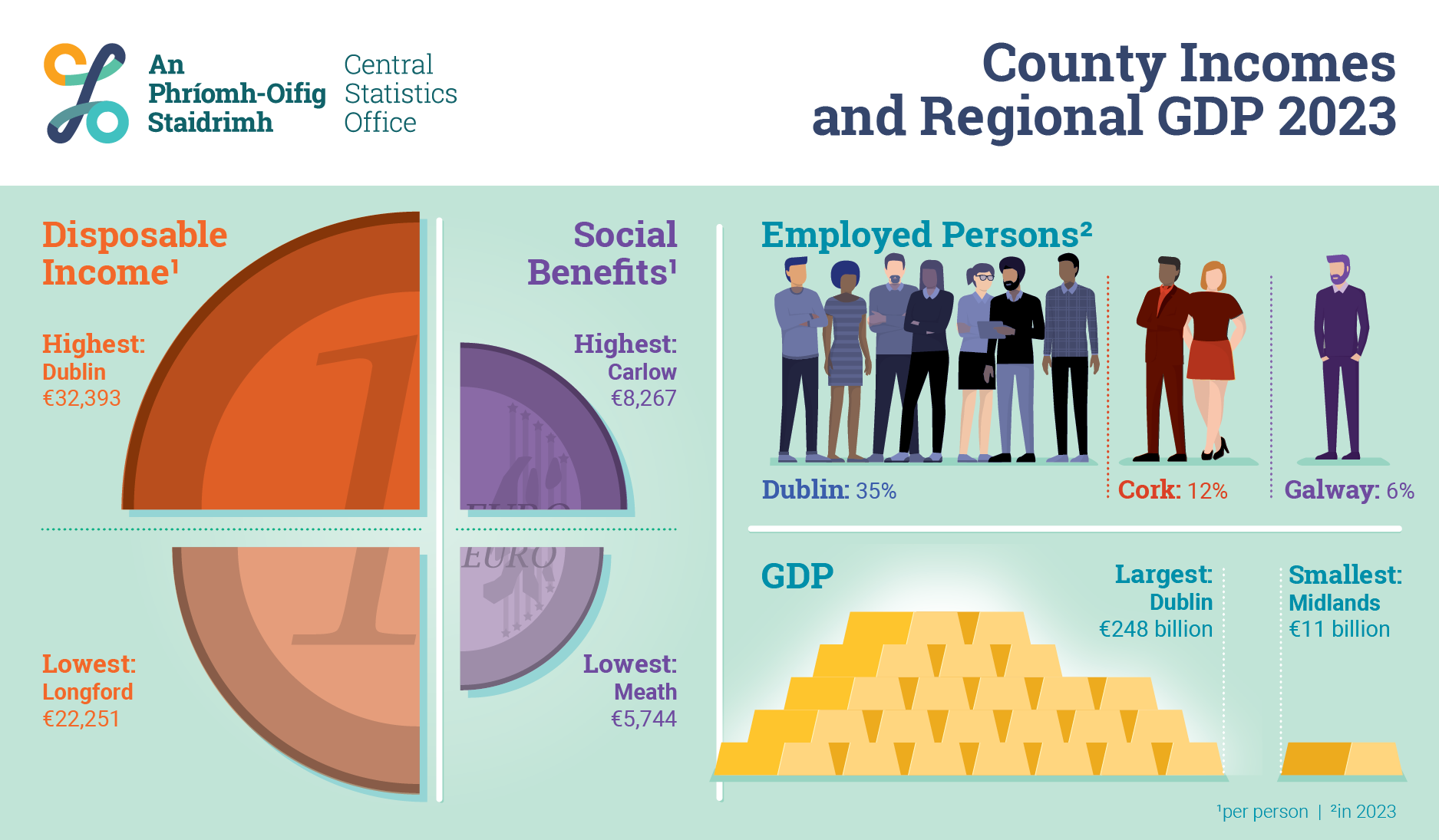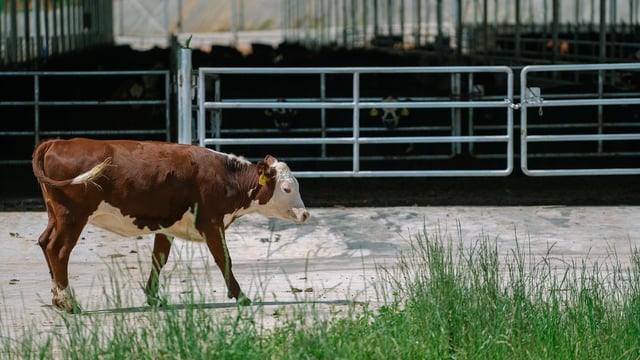People in Longford have less money in their pocket to spend - CSO
People who live in Co. Longford have less money to spend compared to anyone living in any other county in Ireland, according to a new report published by the Central Statistics Office (CSO) today (Wednesday, February 5).
The latest report on disposable income levels - which is the money left for a person to spend after receiving social benefits and paying tax and social charges - shows that Longford recorded the lowest level nationally in 2023 at €22,251.
In stark contrast people living in Dublin had a disposable income estimated to be in the region of €32,393 in 2023, while those living in Cork had €29,876 and Limerick had €29,491 according to the CSO.
The national average disposable income per person was estimated to be €28,370 in 2023.
According to Aoife Crowe, statistician in the CSO national accounts analysis and globalisation division, said today that disposable income in Dublin city and county remained the largest nationally in 2023 and accounted for €49 billion of the state total, which was up 12.6% from 2022.
"The midlands region - Laois, Longford, Offaly, Westmeath - continued to have the lowest levels of disposable income.
"The income of this region accounted for €7.9 billion overall and was 15.8% below the national average per person," she added.
Crowe also pointed to the fact that Dublin and Cork, as well as surrounding counties, benefit largely from "the presence of key economic sectors", for example, the information and communication sector in Dublin and the manufacturing sector in Cork.
Although Longford recorded the lowest disposable income per person in the state in 2023 at €22,251, Laois was not too far behind with €22,257, followed by Donegal at €23,271.
Meanwhile the latest CSO report also highlights that border counties including Cavan, Donegal, Leitrim, Monaghan, and Sligo together with the midlands "consistently remain significantly below the national average for household disposable income".
It detailed that these areas are "largely dependent" on the public administration sector to generate wealth and employment.






